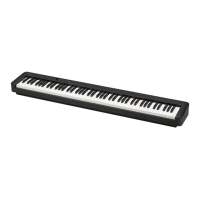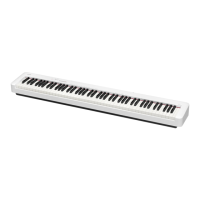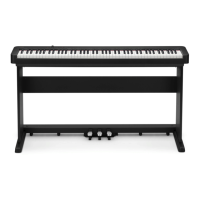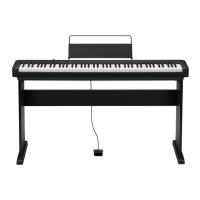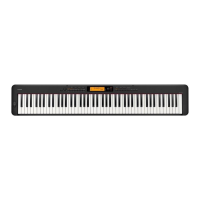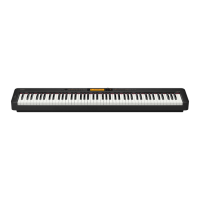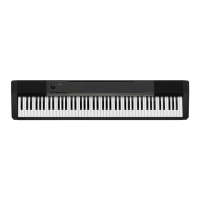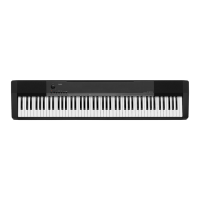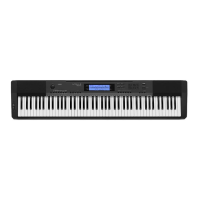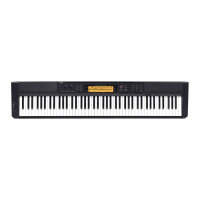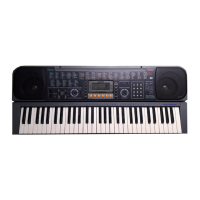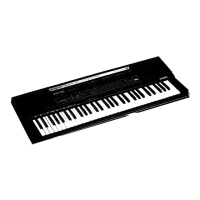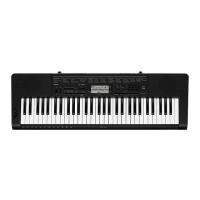What to do if I can’t exchange data between Casio CDP-S150 Musical Instrument (Digital Piano) and a computer?
- JJoseph RodriguezJul 30, 2025
If you're having trouble exchanging data between your Casio Digital Piano and a computer: * First, ensure the USB cable is properly connected to both the Digital Piano and the computer, and verify that the correct device is selected in your computer’s music software settings. * If the issue persists, try turning off the Digital Piano, then close the music software on your computer. Turn the Digital Piano back on, and then restart the music software on your computer.
